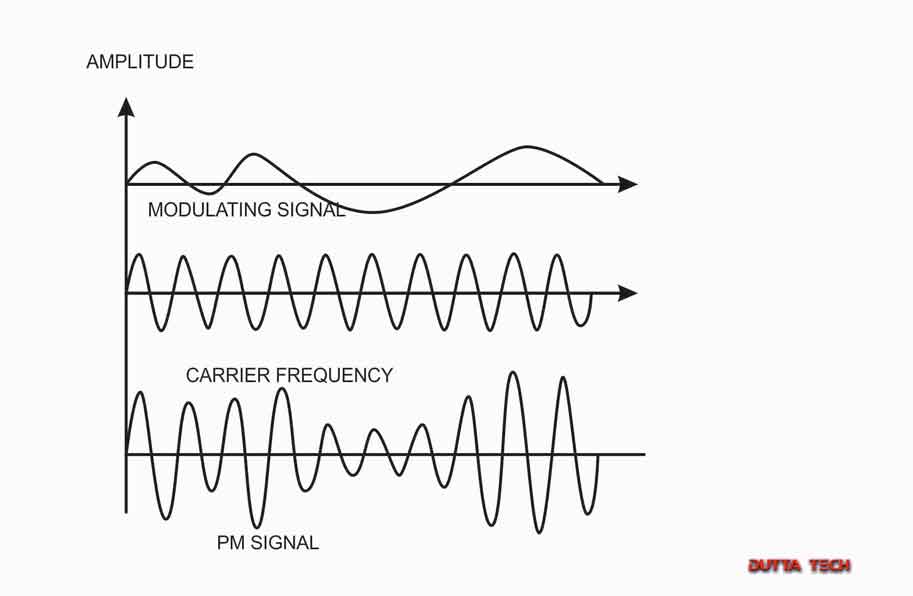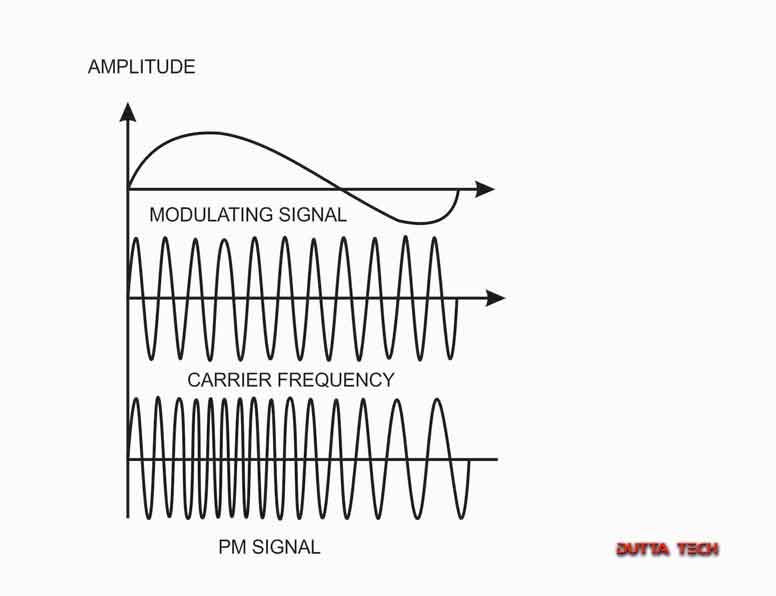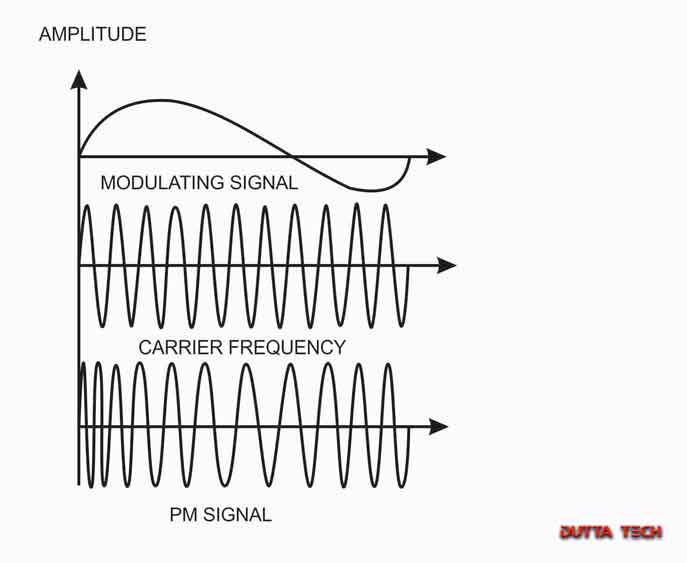Analog modulation, often known as analog-to-analog conversion, is the representation of analog data by an analog signal.
If the medium is bandpass in nature or if we only have access to a bandpass channel, modulation is required.
Radio is a good example.
Each radio station is given a limited amount of bandwidth by the government. Each station’s analog transmission is a low-pass signal with the same frequency range. The low-pass signals must be moved to different ranges in order to listen to different stations.
To represent analog data, analog signals are transformed. Analog Modulation is another name for this process. When using bandpass, analog modulation is required. There are three ways to convert from analog to analog:
Amplitude Modulation
The carrier signal’s amplitude is changed to reflect the analog data in this modulation. A multiplier is used to implement amplitude modulation. The modulating signal’s amplitude (analog data) is multiplied by the carrier frequency’s amplitude, which then reflects analog data. The carrier signal’s frequency and phase remain unchanged.

Frequency Modulation
The carrier signal’s frequency is changed to reflect changes in the modulating signal’s voltage levels in this modulation technique (analog data). The carrier signal’s amplitude and phase are not altered.

Phase Modulation
The phase of the carrier signal is modified in the modulation technique to reflect the change in the voltage (amplitude) of the analog data stream. Although Phase Modulation is similar to Frequency Modulation, the carrier signal’s frequency is not increased in Phase Modulation.

To reflect voltage changes in the amplitude of the modulating signal, the carrier signal’s frequency is modified (made dense and sparse).



